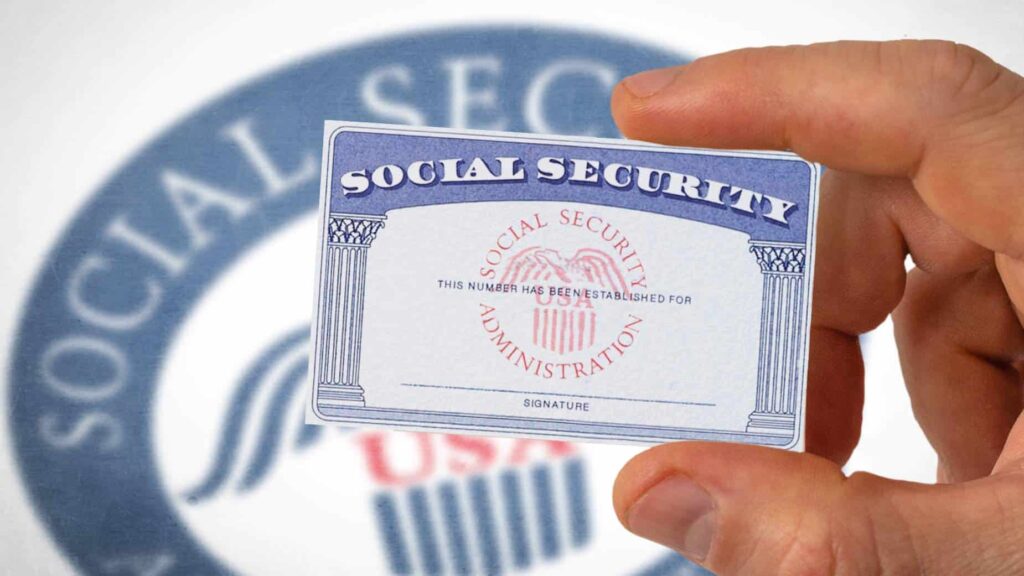In just seven days, many retirees in the U.S. will receive their Social Security payments. The average benefit amount for 2025 is $1,976, but the exact amount depends on various factors like work history and retirement age.
If you’re receiving Social Security or plan to apply soon, understanding eligibility, payment schedules, and ways to maximize your benefits is crucial. Let’s break down the details in simple terms.
Who Will Get the $1,976 Social Security Payment?
Not everyone will receive exactly $1,976. The actual amount varies based on:
- Retirement Age – Claiming Social Security at 62 results in lower benefits, while waiting until 70 can increase payments.
- Work History – Payments depend on earnings during your highest-earning 35 years.
- Social Security Contributions – Higher lifetime earnings lead to higher benefits.
Some retirees could receive as much as $5,108 per month if they delayed their claim and paid the maximum Social Security taxes for 35 years. Others, especially those who retired early with limited work history, may receive much less.

Who Qualifies for the Social Security Payment on February 3?
If you applied for Social Security before 1997, you qualify for the upcoming payment on February 3, 2025. Those who applied later will receive their payments based on their birth date.
Additionally, if you receive Supplemental Security Income (SSI) along with Social Security or disability benefits, your Social Security payment will be sent on February 3, while your SSI payment will arrive on January 31.
Social Security Payment Schedule for February 2025
Social Security payments are distributed based on birth dates:
- Birthdays on the 1st–10th: Payment on February 8
- Birthdays on the 11th–20th: Payment on February 15
- Birthdays on the 21st–31st: Payment on February 22
If you receive SSI, your payment typically arrives on the 1st of each month. Since February 1 falls on a weekend, the SSI payment will be sent on January 31.
Why Do Social Security Payments Change?
The Social Security Administration (SSA) adjusts payments each year based on inflation. These adjustments are called Cost-of-Living Adjustments (COLA).
In 2025, the COLA increase is 2.5%, one of the smallest increases in recent years. While this means an average $50 monthly boost for retirees, inflation continues to impact living costs.
COLA is based on the Consumer Price Index for Urban Wage Earners and Clerical Workers (CPI-W), which tracks price changes for essential goods and services. Without COLA, retirees would lose purchasing power over time.
How to Check Your Social Security Payment Amount?
To know how much Social Security you’ll receive, follow these steps:
- Log in to Your Social Security Account
- Visit the SSA website (www.ssa.gov)
- If you don’t have an account, create one
- Check your benefit statement for updated payment details
- Check Your Annual Social Security Statement
- The SSA mails benefit statements every year
- It includes estimates of future payments, spousal benefits, and updates
- Contact the SSA
- Call 1-800-772-1213 for personalized assistance
- Have your Social Security number and personal details ready

Ways to Increase Your Social Security Benefits
If you’re planning for retirement, here are some strategies to maximize your Social Security benefits:
1. Delay Your Claim for Higher Payments
- Claiming benefits at 62 results in permanently reduced payments.
- Waiting until full retirement age (66–67) ensures full benefits.
- Delaying until age 70 increases benefits by up to 32%.
2. Work Longer and Earn More
- Social Security calculates payments based on your 35 highest-earning years.
- If you had low-earning years, working longer can replace them with higher-income years, increasing your benefit amount.
3. Understand Spousal Benefits
- If your spouse earned more than you, you may qualify for up to 50% of their benefits.
- Divorced? You may still claim benefits on your ex-spouse’s record if the marriage lasted 10 years or more.
4. Avoid Early Withdrawals
- Claiming benefits before full retirement age can reduce payments by 30% permanently.
5. Plan for Taxes on Benefits
- Up to 85% of your Social Security benefits can be taxed if your total income is above certain limits.
- Consider tax-saving strategies like Roth IRAs or adjusting income sources.
Why Social Security Alone May Not Be Enough?
Many retirees rely heavily on Social Security, but it’s often not enough to cover all expenses. The Elder Index, created by the University of Massachusetts, estimates that retirees need:
- $2,099/month if they own a home without a mortgage
- $2,566/month if they rent
- $3,249/month if they have a mortgage
This shows that relying only on Social Security could lead to financial struggles. Experts recommend saving through 401(k) plans, IRAs, and investments for additional income in retirement.
Final Thoughts
Social Security plays a crucial role in retirement, but smart planning can help you maximize your benefits and ensure financial security. Understanding eligibility, payment schedules, and strategies to increase benefits will help you make informed decisions for your future.
This article has been carefully fact-checked by our editorial team to ensure accuracy and eliminate any misleading information. We are committed to maintaining the highest standards of integrity in our content.

Filza specializes in simplifying financial topics for everyday readers. Whether breaking down Canada’s tax guides or U.S. benefits like SNAP and VA Disability, Filza’s relatable writing style ensures readers feel confident and informed. Follow her insights on LinkedIn or reach out via email at [email protected].




